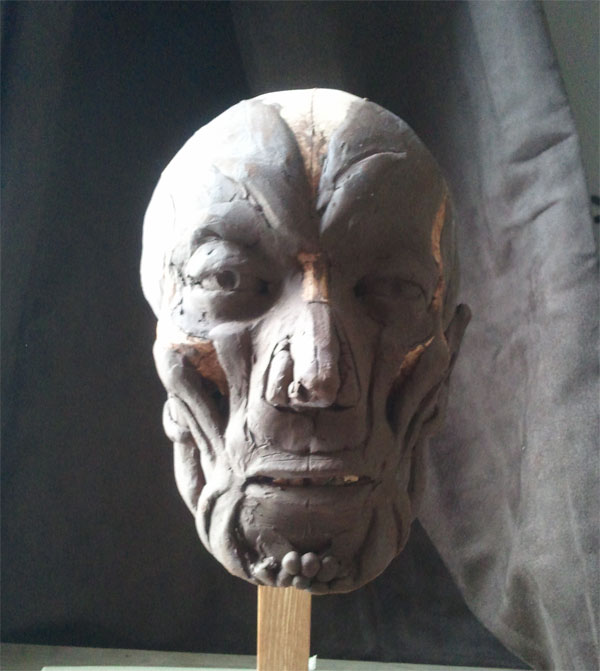Anatomy strategy
I’ve been studying anatomy for a little while now; I’ve been to workshops with Alan McGowan, and attended the anatomy sessions at LARA. I feel like I’ve made progress in my anatomy studies but it’s hard to tell, so I’ve decided to set some goals, track my progress and hope that you will hold me accountable to them. My measure of success will be this:
..an artist cannot draw a form successfully unless he can draw that form from imagination alone.
[Robert Beverley Hale, in the introduction to Richer’s Artistic Anatomy]
So my aim is to draw the figure from my imagination, in any pose or action you would care to name (I may ask you later).
Sequential approach
I’m approaching this in a sequential way, roughly as follows:
- The simplified skeleton.
- Masses and proportion; putting the parts together, what are the shapes and relative proportions of the body?
- Landmarks of the Figure: and how to position them.
- Relationships of the major masses of the body.
- Muscles
The simplfied skeleton
It is important to simplify the skeleton into conceptual masses because it makes the forms of the skeleton much easier to remember and to manipulate. I want to have a clear understanding of the forms that make up each element so that I can reproduce them from any angle. To make this as easy as possible I’ll be working on isolated parts of the skeleton to start with:
- Skull
- Spine
- Rib cage
- Pelvis
- Arm and shoulder
- Leg
- Foot
- Hand
I’m not sure how much detail is helpful in respect of skeletal forms; for now I am aiming at functional simplification; that is, a typology of the joints and an indication of significant tuberosities and attachment points. I think it is likely that later on, once I begin to study the muscles I will need to update these ideas.
Masses and proportion; putting the parts together
I want to begin relating the parts to each other as soon as I can so that I can understand their relative proportions.
I think it will take a while to become comfortable constructing the complete skeleton from different angles even in a simplified form so I plan on taking my time. I’ve seen some really cool skeletal diagrams in my ? book, drawn originally by 19th century Russian students, they look like a fun but rewarding exercise to draw.
Landmarks of the figure
Understanding the landmarks of the figure, those points where the skeleton is apparent from the outside, will connect my idea of the figure and my conception of the masses with a real body. I think this is one of the main benefits of the ecorche drawing studies I’ve done at LARA – I will be doing more ecorche drawings but I think it will be useful to abstract these relationships as well, that way I hope to have a clear idea of how any particular model relates to the proportional idea I have learnt.
Relationships of the major masses
The relationships between the major masses of the body are vital for both gesture and movement in the figure. I often struggle to find the gesture of a pose and to convey a feeling of weight in my drawings. Examining these large scale relationships should really help me with this and should provide a good starting point for moving on to learning muscles.
There are some great examples of balance studies in Bridgeman, I’ll be copying these as well as producing some of my own.
Muscles
I don’t want to dive into muscles immediately, so I’ll be putting this off until I’m comfortable with the skeleton and masses of the figure. When I do look at muscles I plan to start with the core muscles that hold the skeleton up, before progressing to those involved in movement.






Leave a Reply